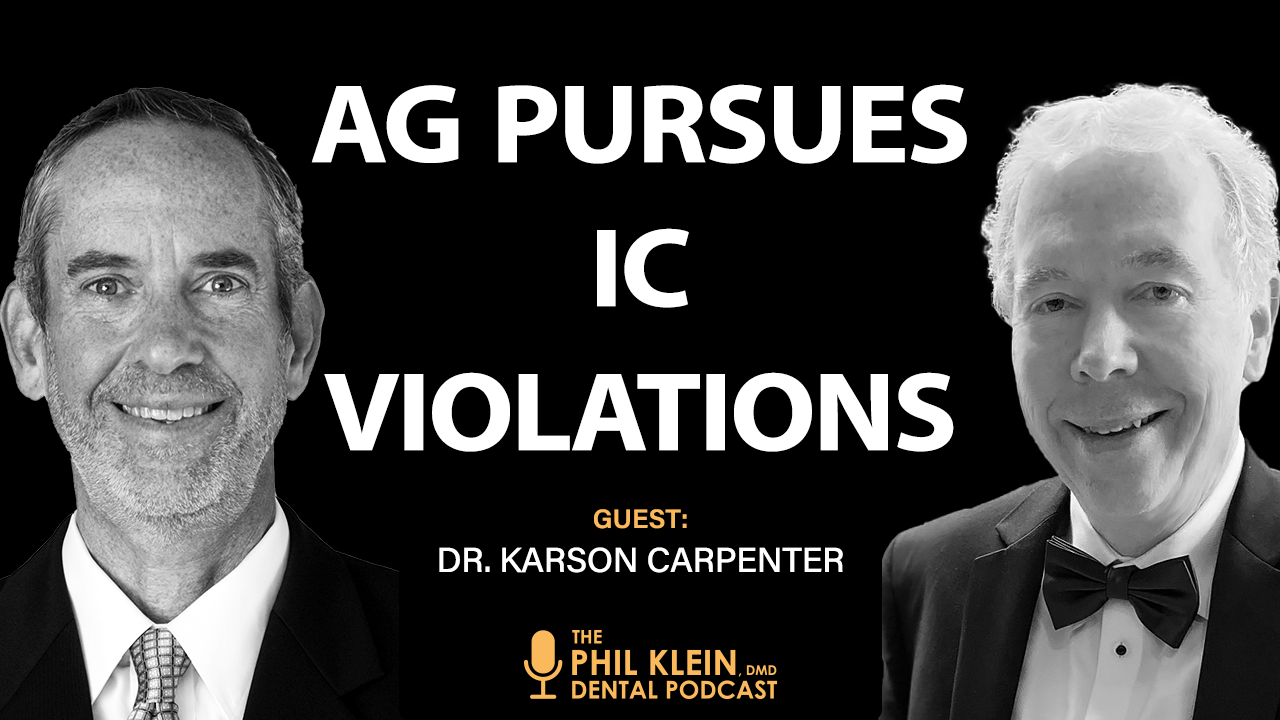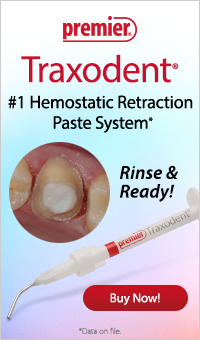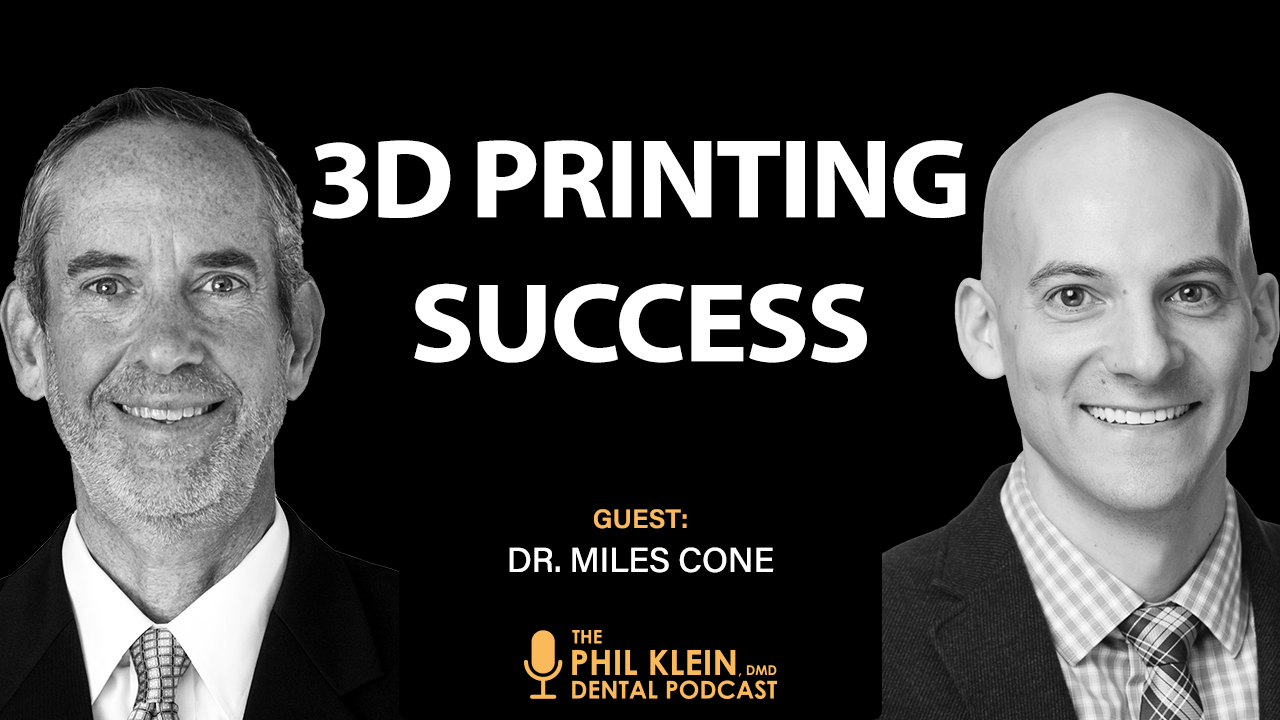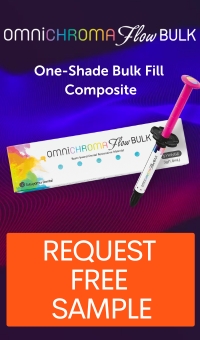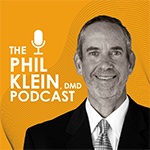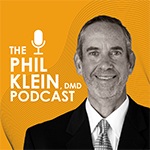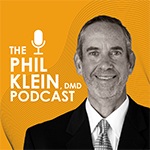
Myths and Facts about Intraoral Digital Scanners
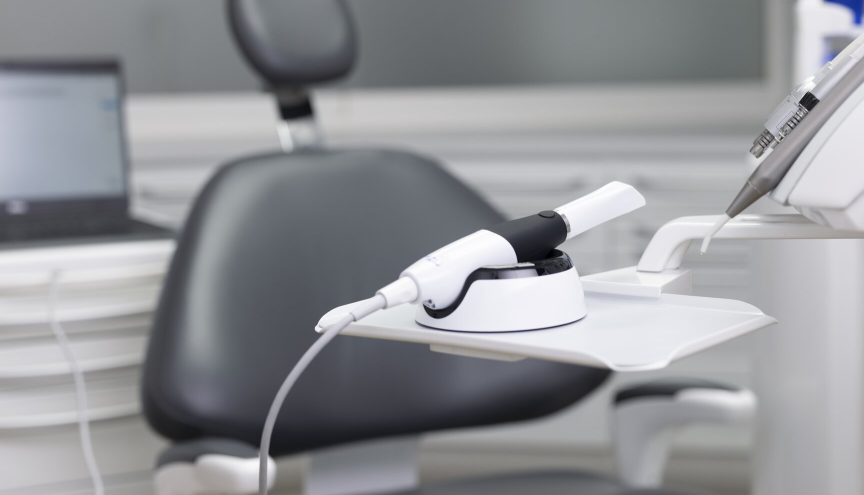
Intraoral scanners have been around for many years. Yet roughly half of U.S. dentists have not yet made the switch. Why? Perhaps because there are so many misconceptions about intraoral scanning. To make an informed decision, you need to separate the “myths” from the facts about this advanced digital tool.
To shed some light on this topic we spoke with Dr. Franklin Shull, who has extensive expertise in digital workflow. Dr. Shull lectures throughout the U.S., is a visiting faculty member at the Pankey Institute and also maintains a private practice focused on comprehensive care.
Myth #1: Intraoral scanners have a huge learning curve
While this may have been true in the past, it is not true today.
“I’ve been scanning since 2013 or 2014,” Dr. Shull shares,
“and back then I would agree a little bit because scanners were slow, they had
a big lag. Now we kind of make a joke about it because we’ll hire new
assistants or new auxiliaries in the office and we’ll hand them the scanner, no
instructions at all, and say, ‘Go scan your partner, go scan the other
assistants.’ And amazingly enough, they can do it without instruction there!
It’s very user-friendly now, and some scanners more so than others.”
Myth #2: You’ll lose income or patient visits if you switch to an intraoral scanner
“Intraoral scanning,” Dr. Shull counters, “should do exactly the opposite. It’s going to increase your patient comfort and your patients are going to love it. You’re going to get your ROI. And now that scanning has been out there for a quite a while now, I can tell you without a doubt, you will certainly be able to recoup your money and then make more money instead of spending it on impression material.”
Intraoral scanning is significantly more comfortable for
patients. They don’t have to deal with impression trays. They’re not gagging on
goopy material that’s floating down their throats. And the whole process is
quite a bit faster. Patients who have had physical impressions taken in the
past are so excited about the improved experience that they tell their friends
all about it. Which is why, from the “word-of-mouth advertising” standpoint, switching
to intraoral scanning can be a practice builder.
Myth #3: Intraoral scanners are essentially commodities; they’re all the same
“There are a lot of scanners on the market,” Dr. Shull reports, “and they’re not all created equal.”
If you are considering diving in, there are two main things that he recommends you consider:
1. Does it work well in your hands? How
easily does it scan?
2. What level of support does the manufacturer
provide? “When something goes wrong because it’s a computer,” asks Dr.
Shull, “how easy is it for you to get the support that you need to get up and
running right then, not two days later?” While it can be tempting to purchase a
scanner that is a lot less expensive than others, your upfront cost savings can
essentially be wiped out by a lack of support on the backend.
“Go with a company,” Dr. Shull urges, “that you have already
used products from or has been around for a while and you know they’re going to
be there to have your back. I use the Ivoclar VivaScan in my practice. The
thing that sets the VivaScan apart from every other company I’ve ever worked
with is their support. I have a person that if I have a problem, I know exactly
who I’m talking to and they know who I am. It’s not a system that is overseas.
It’s not someone that you’re going to have trouble communicating with. It’s
someone that knows this scanner in and out. They can jump on your computer and
help you with it. And I have not had a single, single problem that I wasn’t
able to remedy within the patient’s appointment. Yeah, that’s huge!”
[blogad]
Myth #4: If you do intraoral scanning you must also do in-house milling
“What you do with it [the scan] is up to you,” says Dr. Shull. “The benefit is in the ability to scan. Scanning, whether you mill or print or whatever you do, scanning is the key. Just because you buy a scanner doesn’t mean you have to lock yourself into anything else.”
If you do not want to do in-house milling – and many
dentists do not – you can simply send the scan to your lab. Plus, as Dr. Shull
points out, if you send your lab a physical impression, 90% of the labs are
converting your physical impressions into digital anyway. However, you will get
much more accurate results if you skip that step and take the scan directly
from your patient’s mouth.
Myth #5: Using an intraoral scanner will significantly disrupt your workflow
Yes, switching to an intraoral scanner will impact your workflow. But this is actually a good thing!
A workflow is something you do every day that gets you from point A to point B. An intraoral scanner changes that workflow to make it much faster and easier for both you and your patient to get from point A to point B.
An intraoral scanner disrupts your workflow in a positive
way by making whatever workflow you choose more efficient. For example, you’ll
be able to see what you’re doing. Not only does this make the process more
enjoyable, it also means that if you miss a spot in capturing your margin, you’ll
immediately know it and be able to quickly rescan just that area, while
your patient is still in the chair.
Myth #6: You’ll have to learn a new way to prep the tooth
False. You will not need to learn a new way to prep the tooth. You will simply retract the tissue as you would for a physical impression, using your choice of technique (i.e., cord, double cord, laser, retraction paste, etc.).
With intraoral scanning, Dr. Shull explains, “If you can see
your margin, you can scan your margin. And you can scan sub-gingivally.”
Final thoughts
If you’re still on the fence about switching to intraoral scanners, one last thing to consider is that this is what is now being taught in dental school. At some point you are likely to lose patients over this issue. While absolutely no one enjoys the experience of getting a physical impression, scanning is a fast and comfortable process for your patients.
As Dr. Shull relates, “Patients always have the same thing to say: This is incredible!”









